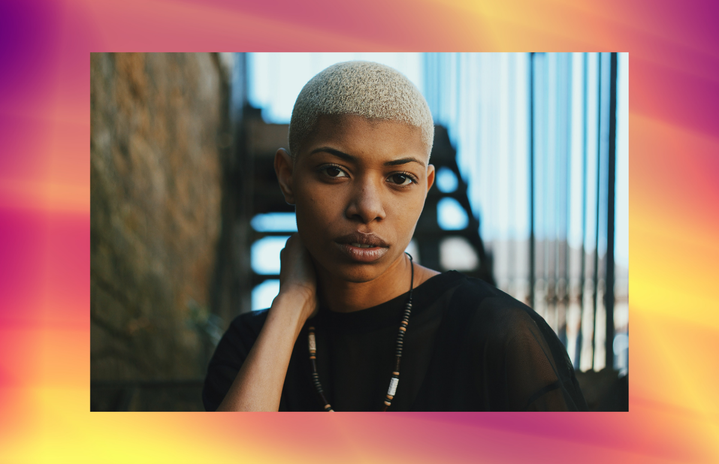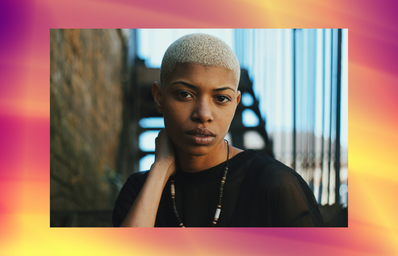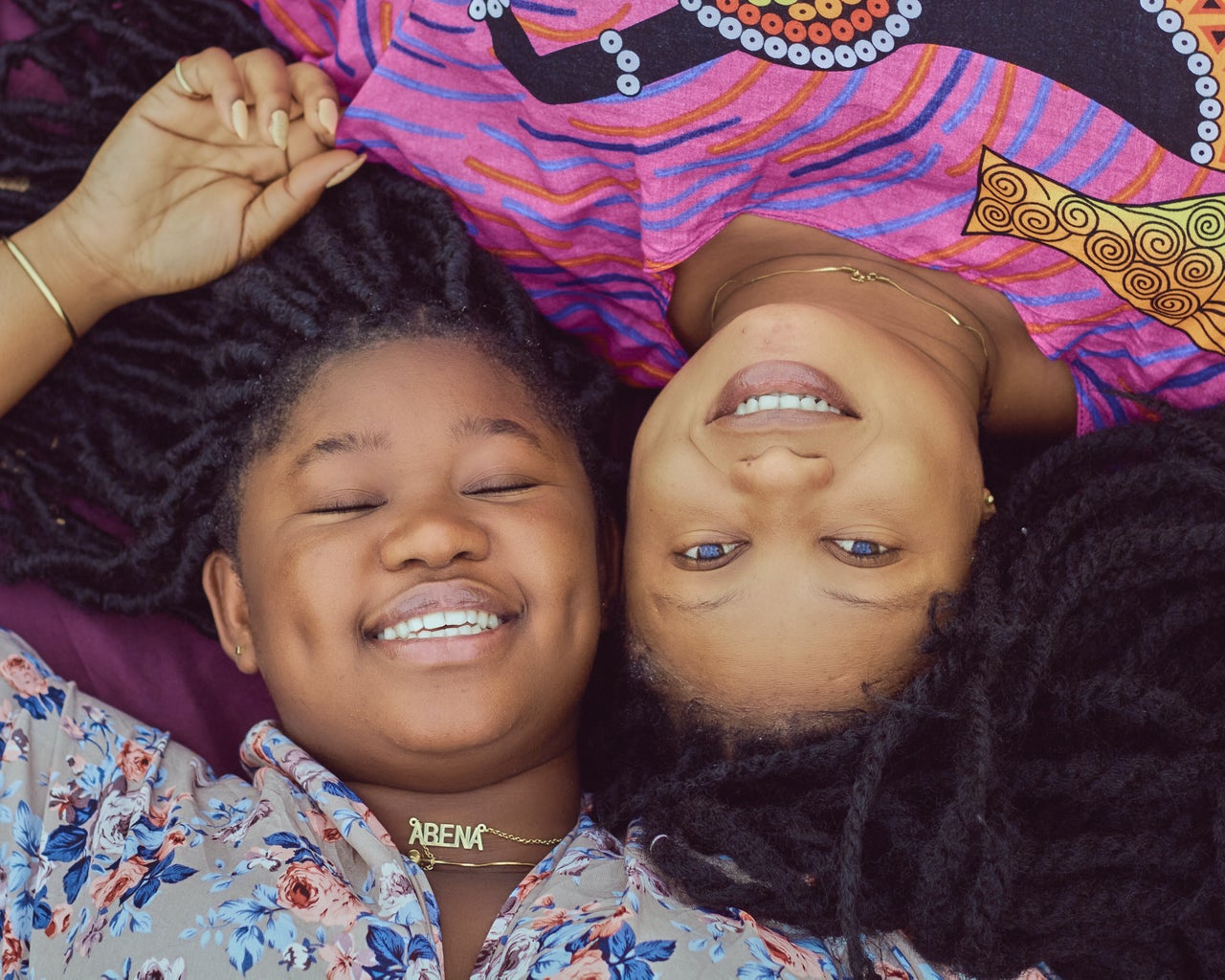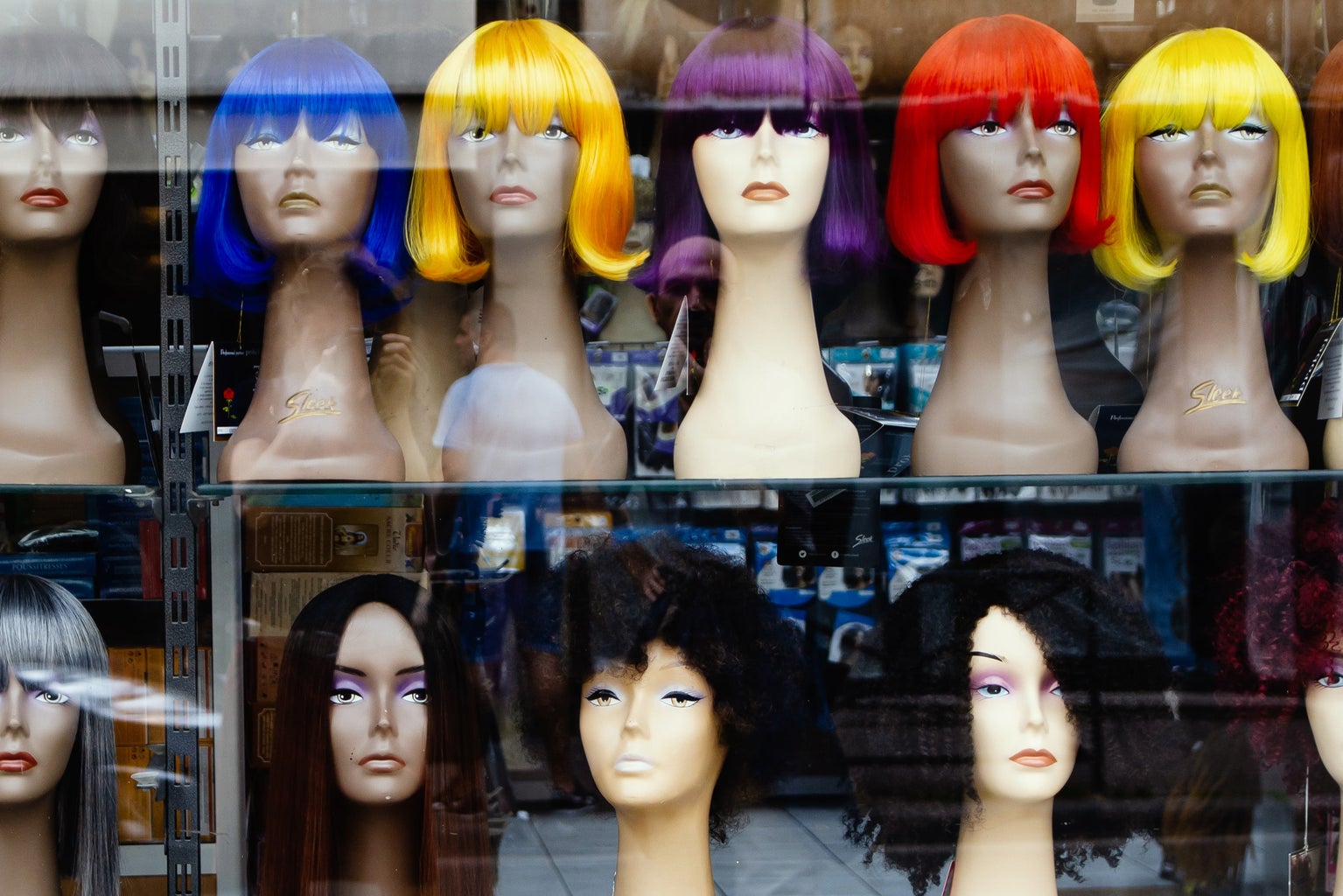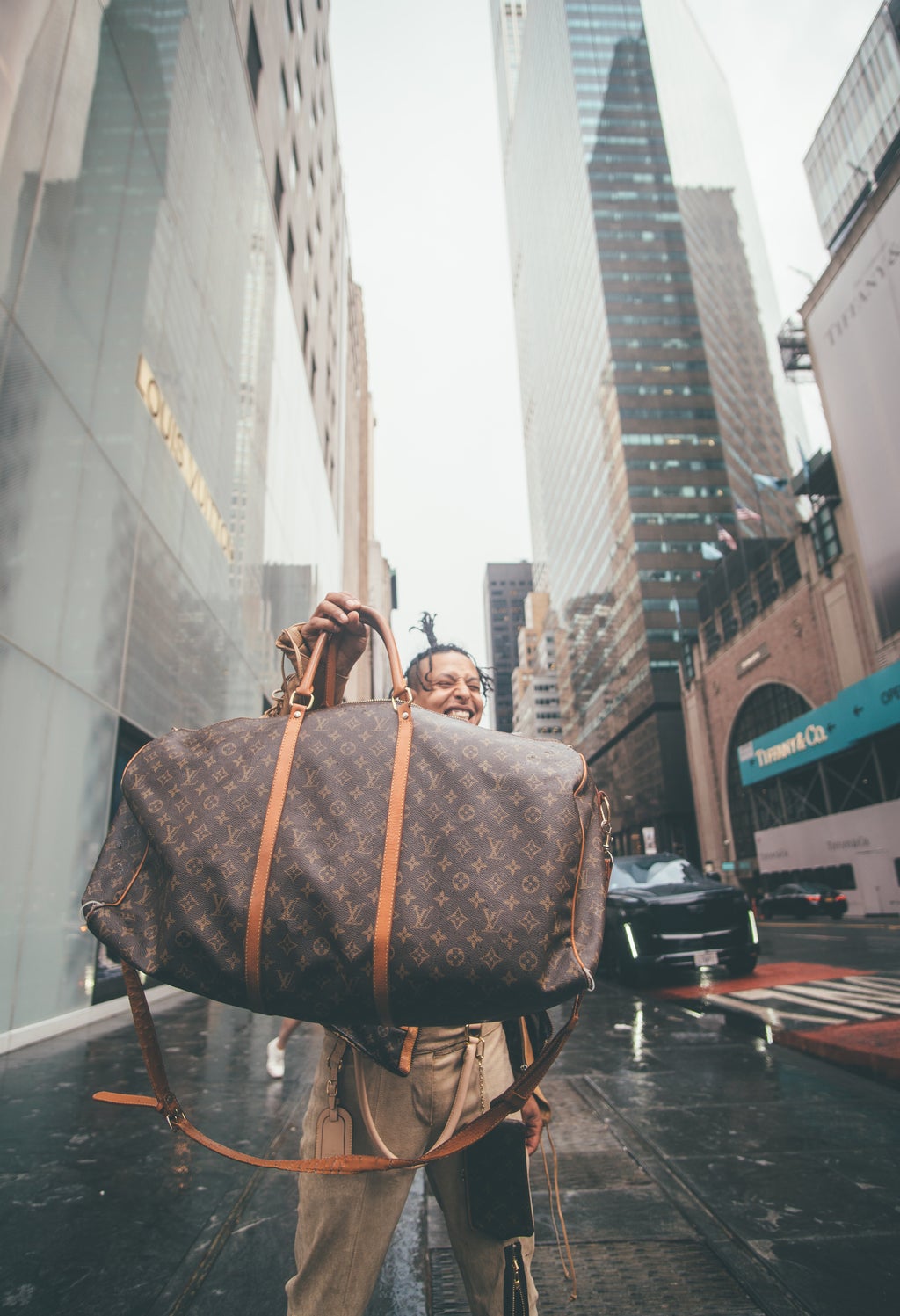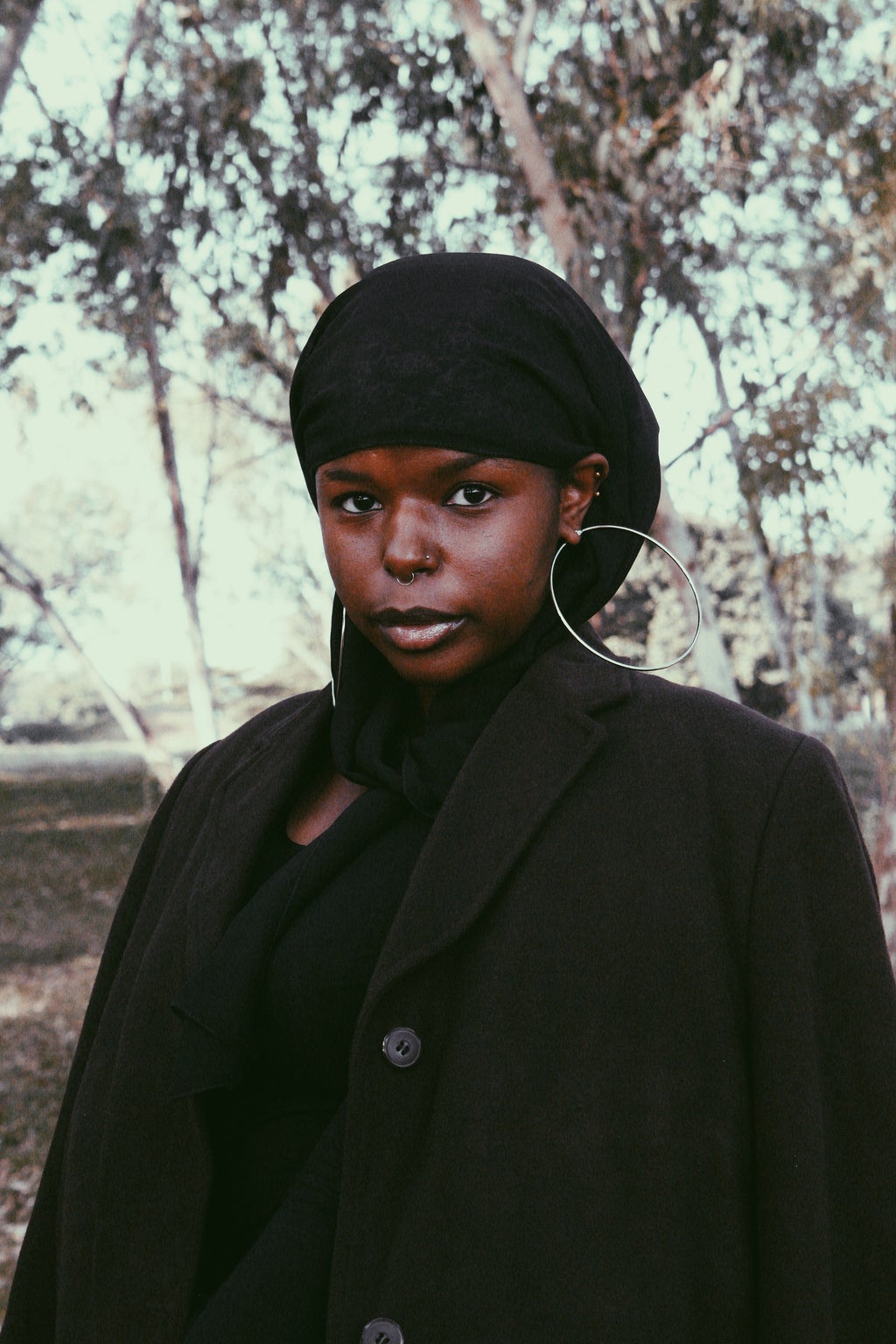Do you remember when long acrylic nails and big hoop earrings used to be called “ghetto”? For years, fashion popularized in communities of color has been diminished and ridiculed, but today it is common to see people from all races and backgrounds calling the same styles trendy.
Ghetto, is a term used to refer to lower-class, gentrified neighborhoods. In their article for Galore Magazine, Esther Faciane explains that the term “is now used to stereotype people of color, mainly blacks, and [Latinx].” Ghetto has also been used to define some of the styles worn by the previously mentioned groups. Some examples of styles considered “ghetto” are:
Gold nameplate necklaces:
Wigs:
Laid edges:
Monogram print:
Tooth gems and teeth grills:
Gold hoop earrings:
Acrylic nails:
With microtrends becoming popular on social media, it is common to see white people wear styles that have been popular amongst people of color. We see it every day when white rappers wear tooth gems and we saw it when Kim Kardashian got cornrows.
Nevertheless, white people wearing these styles is not the most problematic thing about them. What is problematic is that the same styles that are considered ghetto when Black and brown people wear them are considered fashionable when worn by white people. An example of this is the “clean girl aesthetic,” which is a trend that originated from TikTok.
This trend includes having slicked-back hair, usually in a low bun or ponytail, gold hoop earrings, gold necklaces, and minimalist, glowy makeup. Although this look has been worn by women of color for decades, it became popular on TikTok once white women started wearing it and sharing look guides. Today, if you search for “clean girl aesthetic” on TikTok, you are likely to see dozens of videos made by white creators, compared to one or two made by people of color.
In addition to the lack of representation in these online trends, people of color are rarely monetarily compensated when these styles become profitable. For example, in October 2015, the luxury fashion brand Valentino, which was founded by a white man, had mainly white models wearing their African-inspired collection.
An article by Teen Vogue Magazine states that only eight models out of 91 were Black. During the show, the white models wore everything from braids to tribal-inspired clothing. Similarly, the brand Marc Jacobs featured models wearing rainbow dreadlocks in their spring 2017 runway show. To have mainly white models wear these traditionally Black styles for a brand that will earn profit out of them is disrespectful to the communities who have been scrutinized for wearing them.
We must acknowledge when styles have been popular in communities of color. Not doing so sends the message that fashion is only dictated by white people. Although it is not wrong for style to be shared, it is unfair when the people who have already been part of it are excluded from it.
The fashion industry and its consumers must start giving credit to the communities that inspire them. Consumers must also listen to the voices of color when they promote these styles instead of waiting for white-owned brands to promote them.
As Faciane explained in their article, “If the industry represented all cultures and recognized what they bring to the table, instead of using them as props, then the world’s attitude might start to change a little more.”
